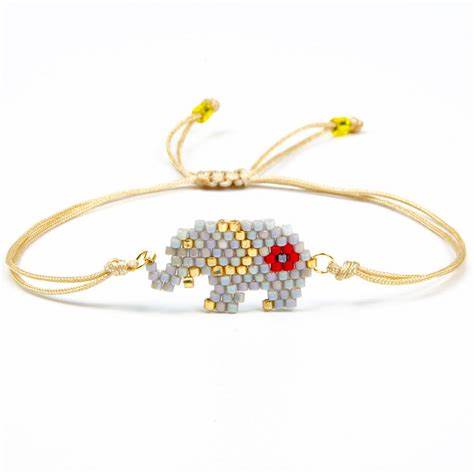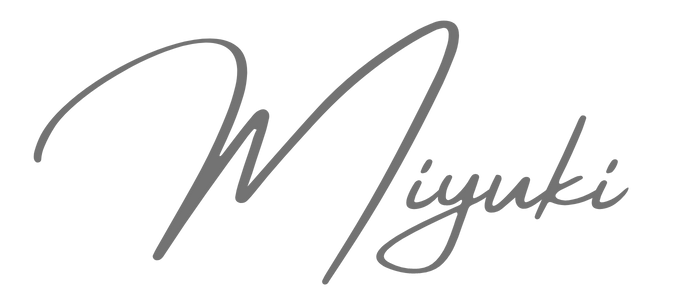
Miyuki beads are a type of Japanese glass bead that has become popular all around the world. They are known for their precision and uniformity in size and shape, which makes them ideal for intricate bead weaving designs. Here's a brief look at the history and culture behind Miyuki beads.
History Miyuki beads were first produced in 1949 by the Miyuki Co. Ltd, a company based in Hiroshima, Japan. The founder, Mr. Masayoshi Katsuoka, started the company with the aim of creating high-quality glass beads for the domestic market. Over time, the company expanded its production and began exporting Miyuki beads around the world.
Culture In Japan, beading is a traditional craft that has been practiced for centuries. Miyuki beads are an important part of this craft, and many Japanese artisans have mastered the art of bead weaving using Miyuki beads. Bead weaving is a meditative and relaxing activity that requires patience and attention to detail. It is often practiced by women as a way to unwind and express their creativity.
Miyuki beads are also used in traditional Japanese clothing such as kimonos and obis. They are often sewn onto the fabric to create intricate patterns and designs. Miyuki beads were originally produced in muted colors to match the traditional Japanese aesthetic, but over time, the company began producing beads in a wider range of colors to meet the demands of the global market.
Today, Miyuki beads are popular all around the world and are used in a variety of jewelry-making techniques, including bead weaving, stringing, and embroidery. They are prized for their uniformity in size and shape, which makes them ideal for creating intricate designs.
Types of Miyuki Beads Miyuki beads come in a variety of shapes and sizes, including seed beads, bugle beads, and cube beads. Seed beads are the most common type of Miyuki bead and come in sizes ranging from 15/0 to 6/0. Bugle beads are longer and more cylindrical than seed beads, while cube beads are square-shaped.
Miyuki beads also come in a variety of finishes, including opaque, transparent, metallic, and iridescent. The finishes can be used to create different effects in bead weaving designs, such as adding depth and texture to the piece.
Uses of Miyuki Beads Miyuki beads are used in a variety of jewelry-making techniques, including bead weaving, stringing, and embroidery. Bead weaving is perhaps the most popular technique for using Miyuki beads, as the uniformity in size and shape makes it easy to create intricate designs. Miyuki beads can be used to create a wide range of jewelry pieces, including bracelets, necklaces, earrings, and rings.
In addition to jewelry-making, Miyuki beads are also used in other crafts such as embroidery and quilting. They can be used to add texture and dimension to these projects, as well as to create intricate patterns and designs.
Conclusion Miyuki beads have a rich history and culture behind them, and are an important part of Japanese craft traditions. Their uniformity in size and shape makes them ideal for intricate bead weaving designs, and their versatility means they can be used in a wide range of jewelry-making techniques. Whether you're a beginner or an experienced bead weaver, Miyuki beads offer endless possibilities for creating beautiful and intricate designs.
Links
About Us
Our product
Gallery
Blog
Contact Us
Cookie Notice
Terms And Conditions
Service & Security Highlights
About
London Miyuki All rights reserved.
ZeplinGo® | Website Design Prepared with.



